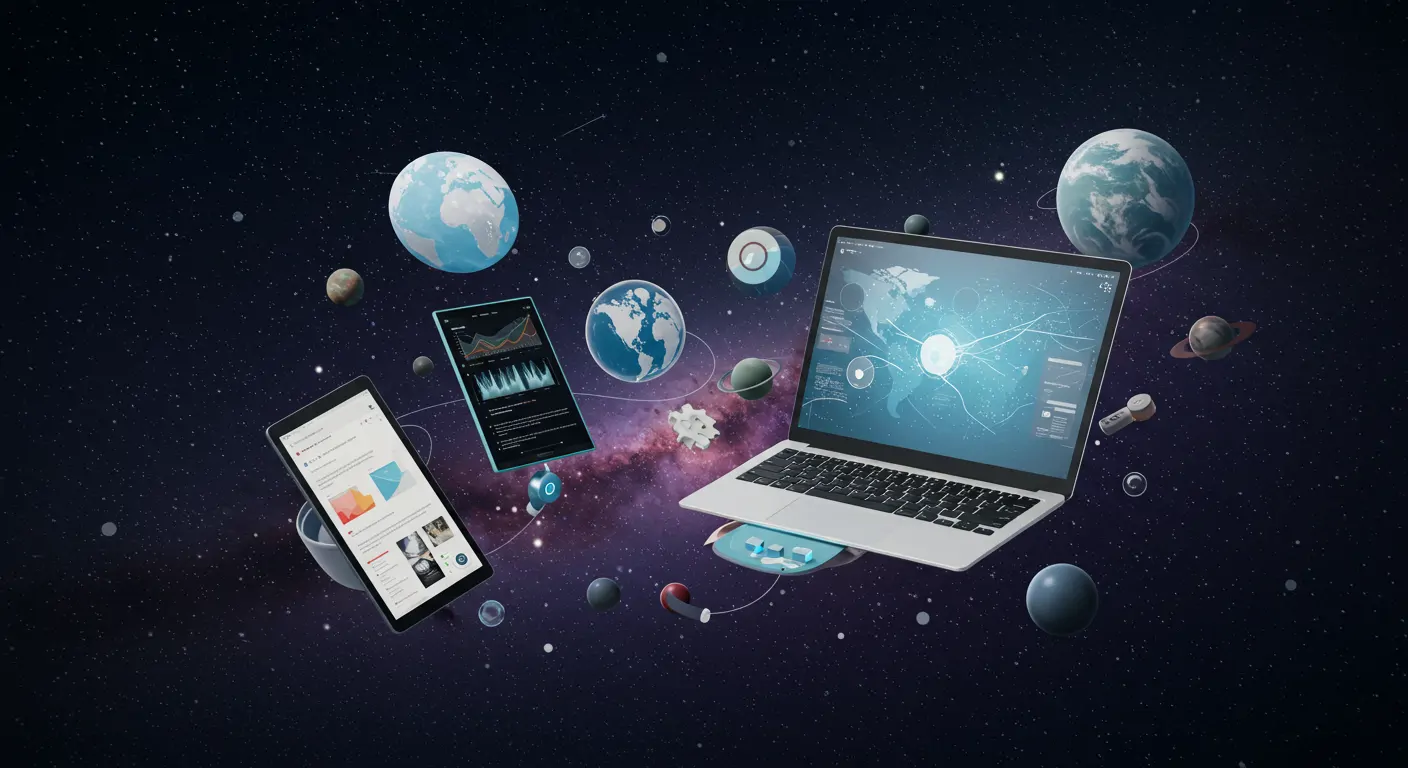The Problem Everyone Faces
In 2025, the demand for faster and more reliable CI/CD pipelines has skyrocketed. Many teams struggle with testing bottlenecks, leading to delayed deployments and bugs in production. Traditional automated testing tools require constant maintenance and often fail to keep up with rapid code changes. This not only increases costs but also impacts team morale and customer satisfaction.
Understanding Why This Happens
The root cause of these issues lies in outdated testing frameworks that can't dynamically adapt to new code changes. They lack the intelligence to prioritize tests based on recent code alterations, resulting in inefficiencies. A common misconception is that simply running all tests is adequate, but this approach is neither time-efficient nor cost-effective in today's fast-paced development cycles.
The Complete Solution
Part 1: Setup/Foundation
First, ensure your GitHub repository is configured for GitHub Actions. You'll need a machine learning model capable of analyzing code changes and recommending tests. Set up your environment with Python, TensorFlow, and GitHub CLI.
Next, configure your GitHub repository to enable Actions and create a .github/workflows directory.
Part 2: Core Implementation
We'll develop a Python script that integrates AI into our testing pipeline. This script will predict the most impactful tests to run based on recent code changes.
Then, integrate the script into your GitHub Actions workflow file.
Part 3: Optimization
Optimize the AI model by training it with historical data from your repository. This increases prediction accuracy and reduces unnecessary test runs. Regularly evaluate model performance and update it with new data.
Testing & Validation
Validate the AI model's predictions by comparing them to actual test outcomes. Create test cases that simulate realistic code changes and evaluate if the selected tests adequately cover the changes.
Troubleshooting Guide
- Issue: Inaccurate test predictions.
Solution: Ensure your model is trained on diverse datasets. Regularly update the model with new code changes. - Issue: GitHub Actions failing due to dependency issues.
Solution: Verify that all dependencies are correctly listed in your requirements.txt file and that the setup steps are correct. - Issue: Long execution time.
Solution: Optimize the AI model for performance and parallelize test runs if possible. - Issue: Security warnings.
Solution: Regularly review GitHub security alerts and update dependencies promptly.
Real-World Applications
Many companies, like Netflix, have implemented AI-powered testing to reduce release cycles. By prioritizing tests, they have decreased the time spent on testing by up to 40% while maintaining high quality standards.
Frequently Asked Questions
Q: How do I choose the right AI model for test prediction?
A: Selecting the right model depends on your specific needs and the complexity of your codebase. For most applications, a neural network model with a focus on natural language processing (NLP) can be effective in understanding code semantics. Start by using pre-trained models like BERT or CodeBERT, and fine-tune them with your repository's data. Ensure your model can handle the unique characteristics of your codebase, such as language and structure, for better accuracy. Regularly evaluate the model's performance through metrics like precision and recall, and iteratively improve it with additional training data.
Q: Can AI-powered testing be used for legacy systems?
A: Yes, AI-powered testing can be adapted for legacy systems, though it might require more customization. The key is to extract meaningful patterns from historical test data and integrate AI models that work well with the code's language and structure. Start by using tools that support legacy languages and frameworks, and gradually transition to more modern solutions. Consider hybrid approaches that combine traditional and AI-powered testing to maintain coverage while benefiting from AI's efficiency. Ensure thorough testing and validation to avoid introducing new issues into the legacy system.
Q: What are the risks of implementing AI in testing pipelines?
A: While AI can greatly enhance testing efficiency, there are risks such as model bias, overfitting, and reduced transparency. To mitigate these, ensure your model is trained on diverse datasets representing various code changes and edge cases. Regularly review model decisions to understand their rationale, and involve domain experts to validate outcomes. Implement robust monitoring to detect and address prediction errors swiftly. By addressing these risks proactively, you can leverage AI's benefits while minimizing potential downsides.
Q: How does AI testing affect test coverage?
A: AI testing can increase effective test coverage by focusing on the most relevant tests for each code change. However, the overall coverage might appear reduced if the AI de-prioritizes tests that rarely affect production. Evaluate AI-driven coverage by analyzing its ability to catch critical issues and comparing it to traditional approaches. Use a combination of code coverage tools and manual reviews to ensure comprehensive testing. AI can complement existing coverage strategies, leading to more efficient yet thorough testing processes.
Q: Are there specific industries where AI-powered testing is most beneficial?
A: Industries with rapid development cycles and high regulatory requirements, such as finance, healthcare, and technology, can benefit significantly from AI-powered testing. These sectors demand frequent updates and high precision, making traditional testing methods less feasible. AI can streamline testing by prioritizing critical areas and reducing the time to market. It also supports compliance by integrating continuous monitoring and validation, ensuring regulations are consistently met. Tailor AI solutions to industry-specific needs for maximum impact.
Key Takeaways & Next Steps
Incorporating AI into your CI/CD testing pipeline can revolutionize efficiency and reliability. By following this guide, you’ve set up an AI-powered testing system that prioritizes critical tests, enhances coverage, and reduces deployment times. Next, explore how AI can optimize other areas of software development, such as code quality analysis and security testing. Continue enhancing your AI model with new data and consider contributing to AI research in testing.




